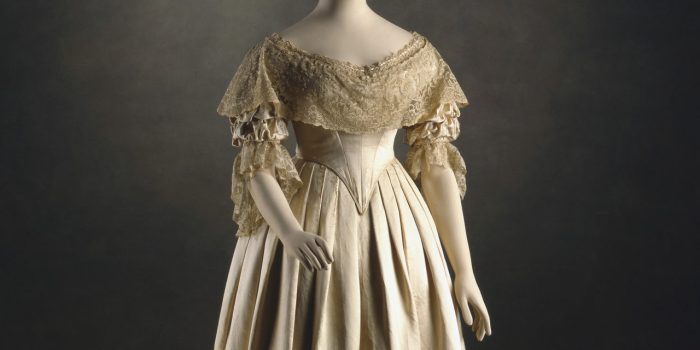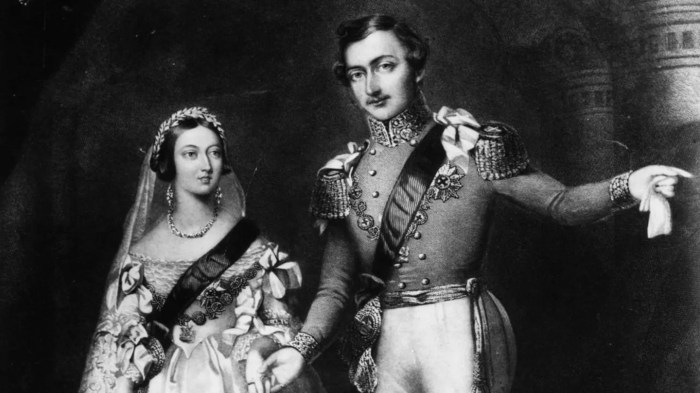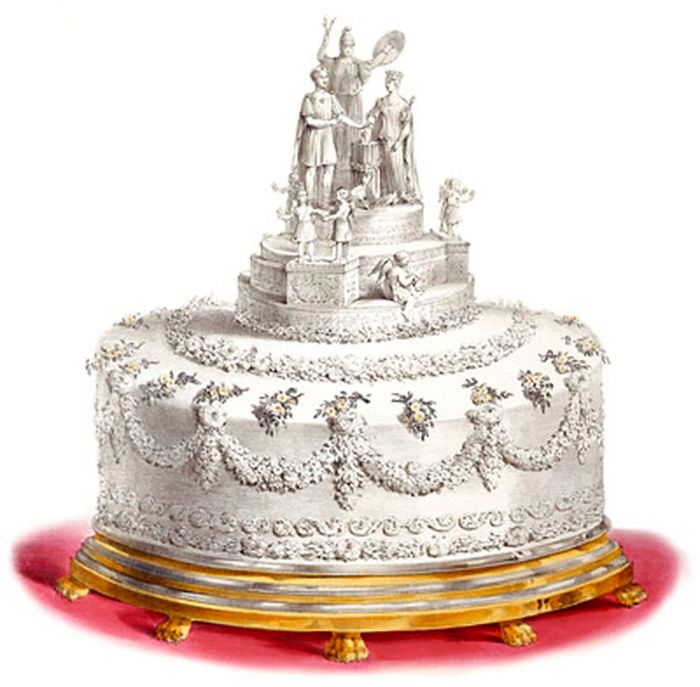Queen Victoria’s Wedding Dress: A Symbol of an Era
Queen Victoria’s wedding dress, worn on February 10, 1840, transcended its time, becoming an enduring icon of bridal fashion. Its influence resonates even today, shaping the aesthetics of countless modern wedding gowns. This exploration delves into the dress’s construction, design, impact, creation, and its role in the momentous royal wedding ceremony.
The Fabric and Construction of Queen Victoria’s Wedding Dress

Source: covecollective.org
The dress, a testament to Victorian craftsmanship, was primarily crafted from Honiton lace, a delicate and intricate fabric produced in Devon, England. This choice reflected a desire to showcase British artistry and support domestic industry. The lace, hand-made and exceptionally fine, formed the bodice and sleeves, overlaying a layer of white satin. This satin underlayer provided structure and shape, while the lace added a touch of romantic delicacy.
A further layer of fabric, likely a fine white silk, likely underpinned the satin for added smoothness and opacity. The dress featured a long train, adding to its regal appearance. Construction techniques involved meticulous hand-sewing, a process requiring immense skill and patience. Unlike many contemporary wedding dresses of the time, which often featured heavier embellishments and brighter colors, Victoria’s dress prioritized simplicity and elegance.
The multiple layers worked in harmony: the silk provided a smooth base, the satin gave structure, and the Honiton lace created a visually stunning, textural effect. The overall effect was one of refined elegance rather than ostentatious display, reflecting Victoria’s personal preference for understated luxury.
The Design and Style of Queen Victoria’s Wedding Dress
The dress’s design choices held significant symbolism. The choice of white, unconventional for royal weddings at the time, set a precedent that continues to this day. White symbolized purity and virtue, reflecting Victoria’s personal values and projecting an image of innocence. The delicate Honiton lace, a product of British craftsmanship, served as a subtle yet powerful expression of national pride.
The simple, yet elegant, design reflected the burgeoning Romantic movement, which emphasized natural beauty and emotional sincerity. This contrasted sharply with the more ornate and elaborate styles prevalent in earlier royal weddings. The high neckline and long sleeves were typical of the fashion trends of the time, reflecting Victorian ideals of modesty and propriety.
| Feature | Queen Victoria’s Dress | Other Victorian Wedding Gowns (Examples) |
|---|---|---|
| Neckline | High, round | High, round; Square; V-neck (depending on fashion sub-trends) |
| Sleeves | Long, fitted | Long, puffed; Short, puffed; ¾ length (varied greatly) |
| Train Length | Long | Varied greatly, from short to extremely long, depending on social status and fashion. |
| Fabric | Honiton Lace over satin | Silk, satin, muslin, often with lace or embroidery. |
The Impact and Legacy of Queen Victoria’s Wedding Dress

Source: minutemediacdn.com
Queen Victoria’s wedding dress had a profound and lasting impact on bridal fashion. Her choice of white established it as the quintessential bridal color, a tradition that persists to this day. The dress reflected Victoria’s personality – her preference for simplicity and elegance, her commitment to British craftsmanship, and her strong sense of moral rectitude. The dress’s influence can be seen in numerous modern wedding dresses, from the use of lace and satin to the emphasis on clean lines and understated elegance.
- Emphasis on simplicity and elegance
- Use of lace and satin
- Long train
- White as the dominant color
- Modest neckline and sleeves (often adapted to modern sensibilities)
The Creation and Makers of Queen Victoria’s Wedding Dress

Source: vox-cdn.com
The dress was primarily created by a team of skilled artisans, not a single named designer. The Honiton lace was produced in Devon by local lacemakers, a collaborative effort that highlights the importance of regional craftsmanship in the Victorian era. The time and resources invested were considerable, reflecting the importance of the event and the status of the bride.
Creating a dress of this scale and complexity, with its intricate lacework and multiple layers of fabric, presented numerous challenges, requiring exceptional skill, precision, and a significant amount of time. While the exact time frame isn’t precisely documented, it is safe to assume that months of dedicated work were involved. Information regarding the lead maker or specific individuals is unfortunately scant in surviving records.
The Wedding and the Dress’s Role in the Ceremony, Queen victoria’s wedding dress
Queen Victoria’s wedding took place at Chapel Royal, St. James’s Palace, in London. The ceremony was a grand affair, attended by numerous dignitaries and members of the public. The dress, with its simple elegance and symbolic white color, played a crucial role in shaping the overall atmosphere of the event. The public’s reaction to the dress was overwhelmingly positive, solidifying white as the color of bridal purity and influencing the style of royal weddings for generations to come.
The dress visually reflected the social and political context of the time, showcasing the burgeoning industrial strength of Britain through the Honiton lace, while the simplicity of the design highlighted the Victorian emphasis on domesticity and virtue. It was a powerful visual statement that communicated the Queen’s personal values and the nation’s aspirations.
User Queries
Who wore the dress after Queen Victoria?
The dress was not worn by anyone else after Queen Victoria. It has been carefully preserved and is now a significant artifact.
Where is Queen Victoria’s wedding dress now?
It is held in the Royal Collection Trust and is occasionally displayed to the public.
What was the approximate cost of the dress in its time?
Precise cost records are unavailable, but estimates suggest a significant sum, reflecting the high-quality materials and skilled labor involved.
What other significant events did the dress’s fabric, Honiton Lace, feature in?
Honiton lace was and is used in many significant events and garments throughout history, often associated with high-status individuals and occasions.
